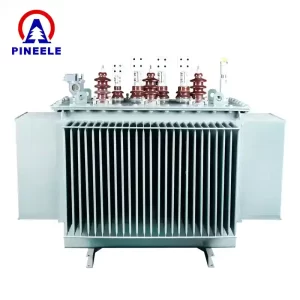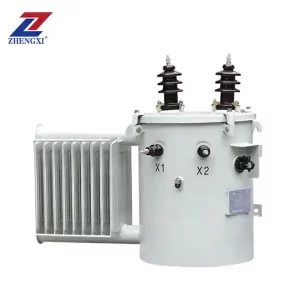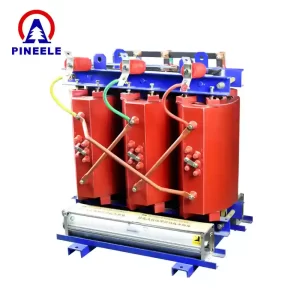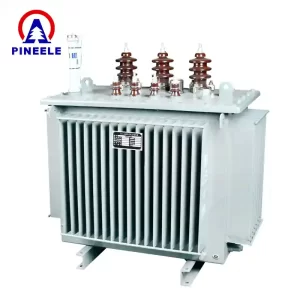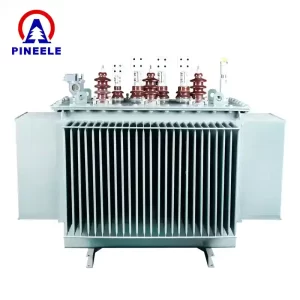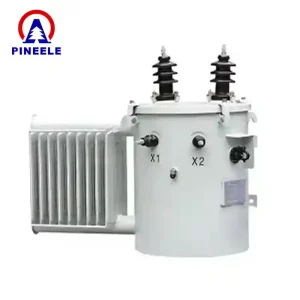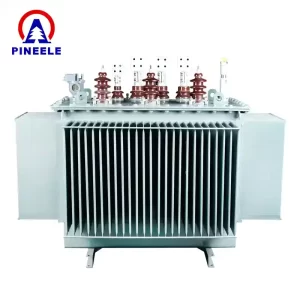Oil type transformers play a critical role in modern power systems, especially where high efficiency, cooling, and longevity are required. They are widely used in distribution and power transmission networks, thanks to their robust insulation and cooling mechanism. In this guide, we explore everything you need to know about oil-immersed transformers, including how they work, their use cases, comparisons with alternatives, and how to choose the right one for your application.
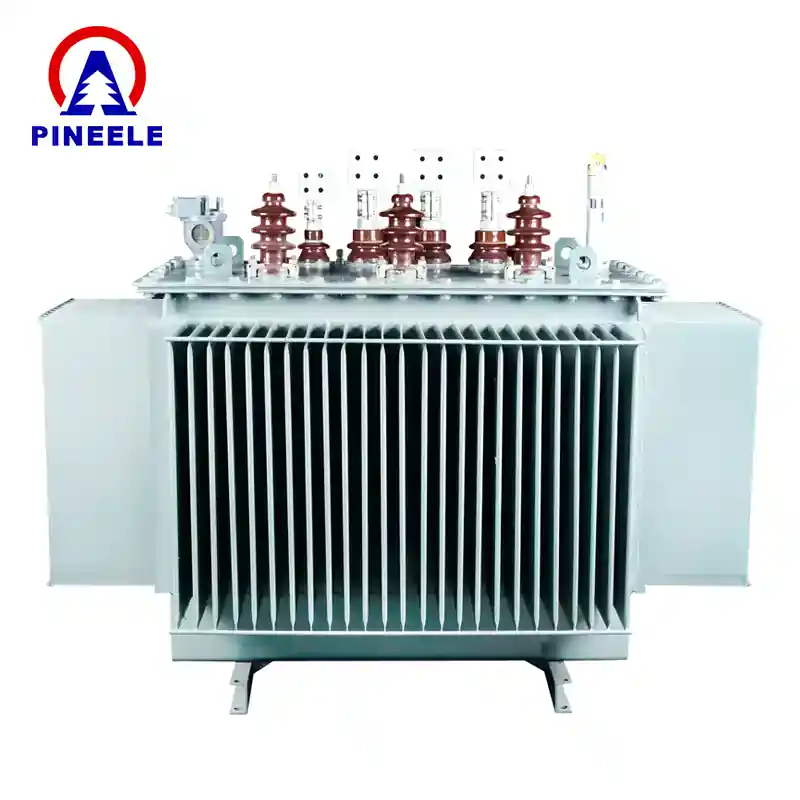
What Is an Oil Type Transformer?
. oil type transformer is a type of power transformer that uses mineral oil or synthetic insulating oil for both insulation and cooling. The oil surrounds the transformer’s core and windings, transferring heat away from these components and preventing insulation breakdown.
Two common categories of oil-immersed transformers include:
- Hermetically sealed transformers: completely enclosed and air-free design to prevent oxidation.
- Conservator-type transformers: equipped with an oil expansion tank to manage volume changes due to temperature fluctuations.
Applications of Oil Immersed Transformers
Oil type transformers are found in a wide array of settings, including:
- Utility-grade substations and transmission networks
- Industrial manufacturing facilities and refineries
- Mining operations with rugged environmental demands
- Hospitals, commercial complexes, and critical infrastructure
Market Trends and Background
According to a report from the International Energy Agency (IEA), the global demand for electrical energy is rising steadily. Oil-immersed transformers remain dominant due to their high capacity and proven reliability in harsh conditions. Leading manufacturers such as ABB and Schneider Electric continue to innovate with biodegradable insulating fluids and smart monitoring technologies.
IEEE standards such as IEEE C57.12.00 govern the design and testing of these transformers, ensuring safety and efficiency.
Technické specifikace
| Parametr | Value |
|---|---|
| Rated Power | 100 kVA – 2500 kVA |
| Primary Voltage | 6 kV / 11 kV / 33 kV |
| Secondary Voltage | 0.4 kV / 0.69 kV |
| Metoda chlazení | ONAN / ONAF |
| Insulation Fluid | Mineral Oil / Silicone Oil |
| Normy | IEC 60076, IEEE C57.12.00 |
Oil Type vs. Dry Type Transformers
While both transformer types serve similar purposes, key differences include:
- Cooling: Oil types use liquid cooling; dry types rely on air or forced ventilation.
- Installation: Oil transformers are typically used outdoors; dry types are favored indoors.
- Capacity: Oil transformers handle higher power ratings more efficiently.
- Safety: Dry types are considered safer in fire-prone environments.
How to Select the Right Oil Type Transformer
When choosing an oil-immersed transformer, consider the following:
- Load requirements: Match transformer capacity to your site’s peak demand.
- Environment: For outdoor or dusty environments, sealed oil transformers are preferred.
- Regulations: Verify compliance with local electrical and fire safety codes.
- Údržba: Consider access to routine oil testing and refurbishment services.
References & Authority Sources
Industry guidance is rooted in publications and data from:
- ABB Transformer Handbook
- Schneider Electric Technical Library
- Wikipedia – Transformer (Electrical)
- IEEMA Transformer Division
FAQs: Oil Type Transformers
A: Testing is recommended annually for critical systems. Oil should be replaced or filtered every 5–10 years depending on its condition and the transformer’s load profile.
A: Generally not recommended due to fire risk. If necessary, they must be installed in a fire-proof room with sufficient ventilation and fire suppression systems.
A: With proper maintenance, oil-immersed transformers can operate reliably for 25–40 years or more.
Oil type transformers remain a cornerstone of high-voltage power distribution worldwide. With excellent thermal performance and long service life, they are indispensable in demanding electrical environments. By understanding their specifications and use cases, engineers and buyers can make informed decisions that ensure reliability and efficiency across the grid.
